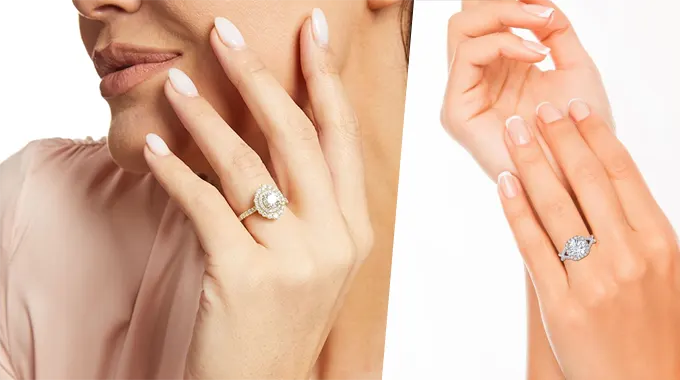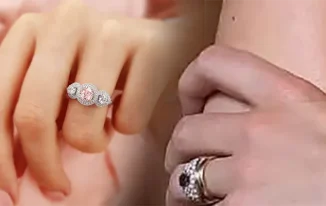Engagement rings hold a timeless allure, symbolizing commitment and enduring love. In the bustling heart of London, where history weaves its tapestry through every cobblestone street and towering spire, the tradition of engagement rings is imbued with a rich heritage that stretches back centuries. From the medieval era to the modern day, the influence of history on London’s engagement rings is palpable, shaping both their design and significance. Delving into the annals of time reveals a captivating journey of romance, power, and tradition, each facet contributing to the majesty of London’s cherished symbols of love.
In the labyrinthine streets of London, where whispers of medieval grandeur still echo, the legacy of ancient customs intertwines with contemporary romance. The phrase Engagement rings London evokes images of age-old traditions passed down through generations, each a testament to the enduring legacy of love. Dating back to medieval times, when chivalry and courtly love reigned supreme, the concept of betrothal rings emerged as tokens of affection exchanged between knights and their beloveds. These early manifestations of engagement rings were often simple bands, symbolizing the unbreakable bond between two souls.
As London flourished into a bustling metropolis, so too did the artistry and craftsmanship of its jewelers. The Tudor era ushered in an era of opulence and extravagance, reflected in the elaborate designs of engagement rings adorned with precious gemstones. Royalty set the standard, with monarchs gifting intricately crafted rings as symbols of their affection and political alliances. The sparkle of diamonds and the shimmer of sapphires became synonymous with love and devotion, transforming engagement rings into coveted treasures fit for queens and commoners alike.
The Victorian era witnessed a resurgence of romanticism, as Queen Victoria’s enduring love for Prince Albert captured the imagination of the nation. Engagement rings took center stage once more, with sentimental motifs such as hearts, flowers, and intertwined initials adorning their designs. The rise of the Industrial Revolution brought newfound prosperity to London’s burgeoning middle class, enabling more couples to partake in the tradition of exchanging rings as tokens of betrothal. It was during this time that the diamond solitaire emerged as the quintessential symbol of everlasting love, forever altering the landscape of engagement ring design.
In the wake of two world wars and the shifting tides of societal norms, London’s engagement rings evolved yet again, reflecting the changing attitudes towards love and marriage. The Art Deco movement of the 1920s and 1930s brought geometric shapes and bold lines to the forefront of design, while the swinging sixties ushered in an era of rebellion and individualism, reflected in unconventional ring styles and settings. Despite the passage of time, the intrinsic symbolism of engagement rings remained unchanged, serving as enduring symbols of commitment and unity.
Today, as couples stroll hand in hand along the banks of the Thames or beneath the shadow of the Tower of London, the legacy of history lives on in the gleam of a diamond ring. From the medieval traditions of courtly love to the Victorian sentiments of romance, London’s engagement rings embody the timeless essence of love’s enduring journey. Each ring tells a story, not just of the couple who wear it, but of the city itself—a city steeped in history, where majesty meets romance in every sparkling gemstone.
In conclusion, the historical influences on London’s engagement rings are profound and enduring, shaping both their design and significance throughout the ages. From medieval simplicity to Victorian opulence, each era has left its indelible mark on the tradition of betrothal, ensuring that the majesty of London’s engagement rings will continue to captivate hearts for generations to come.













